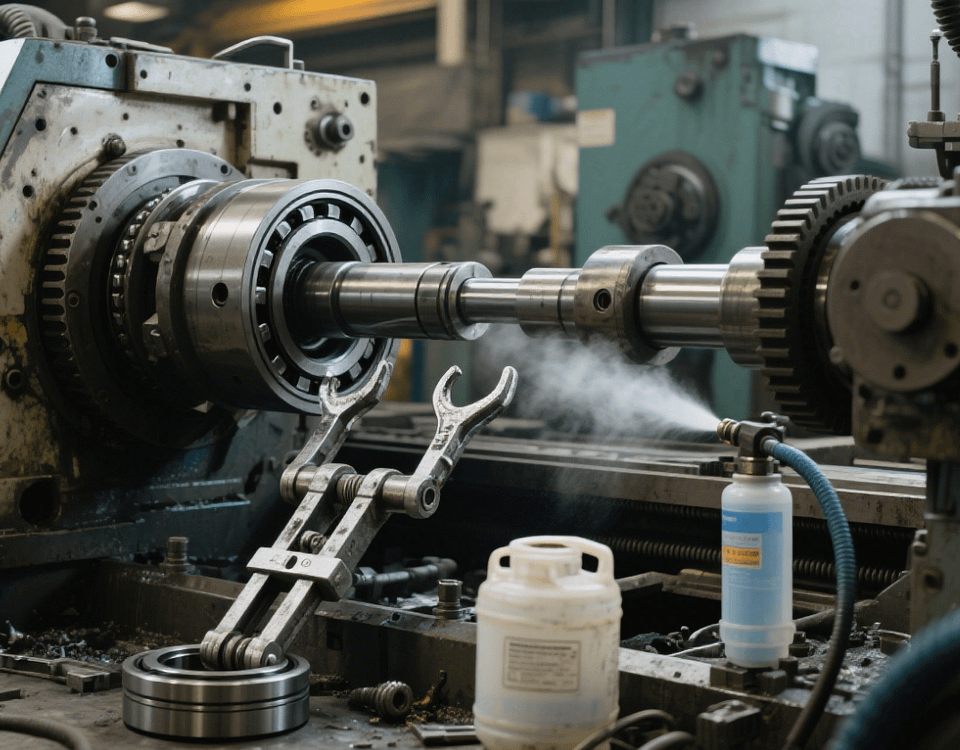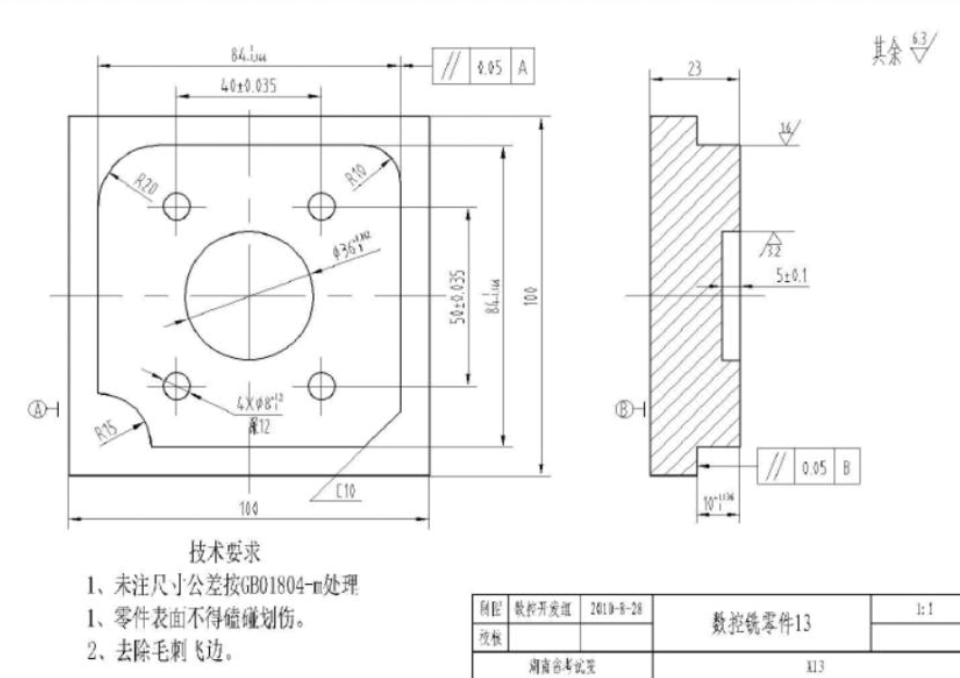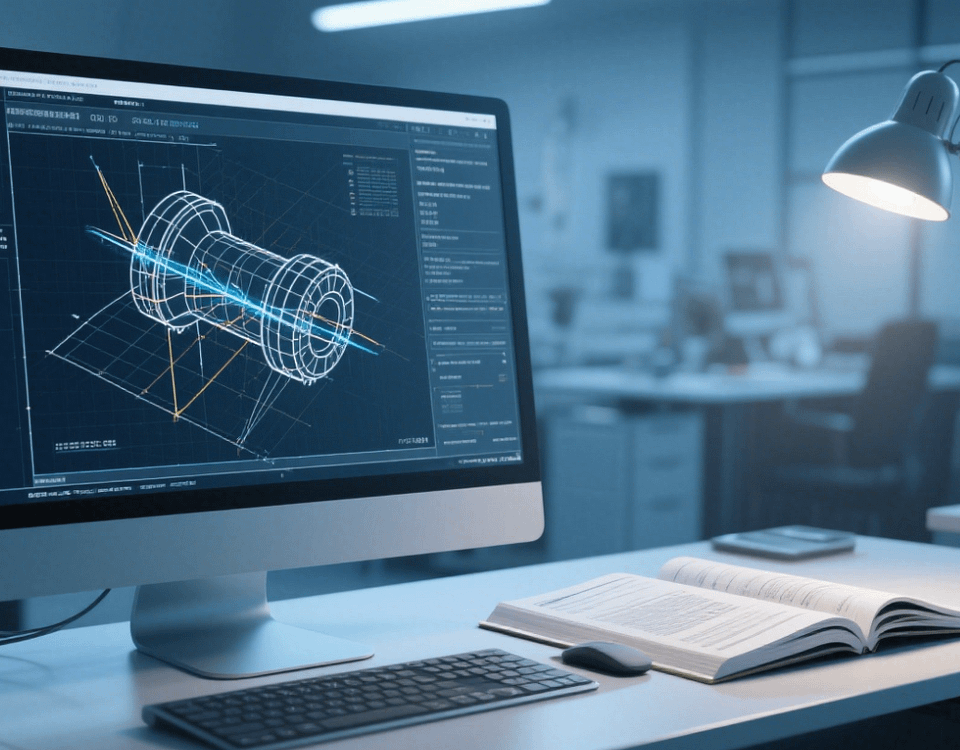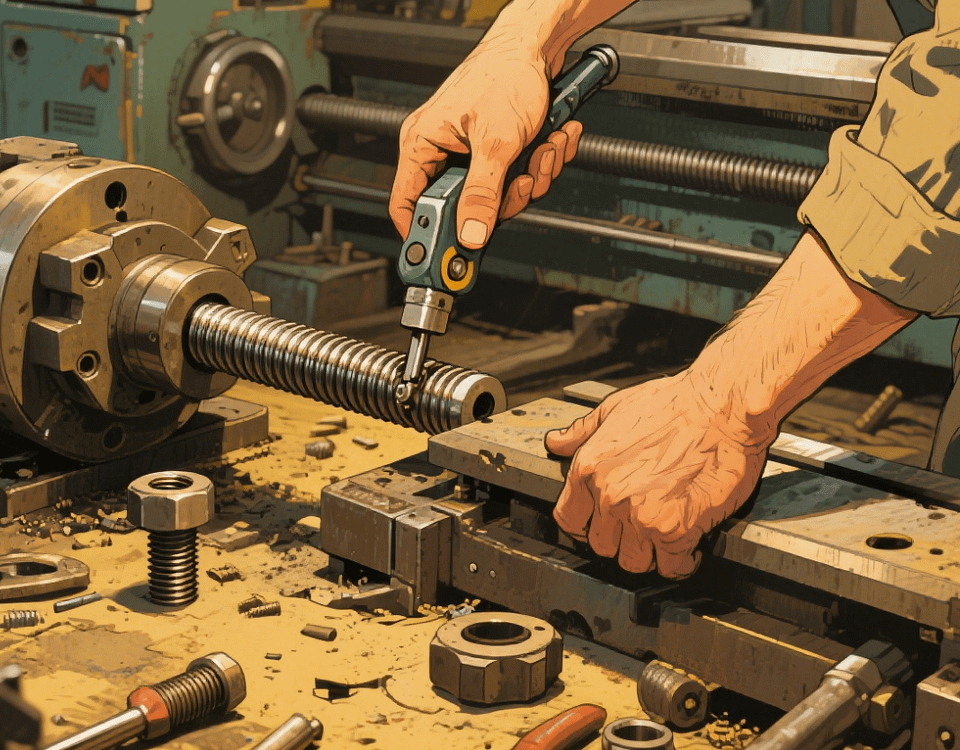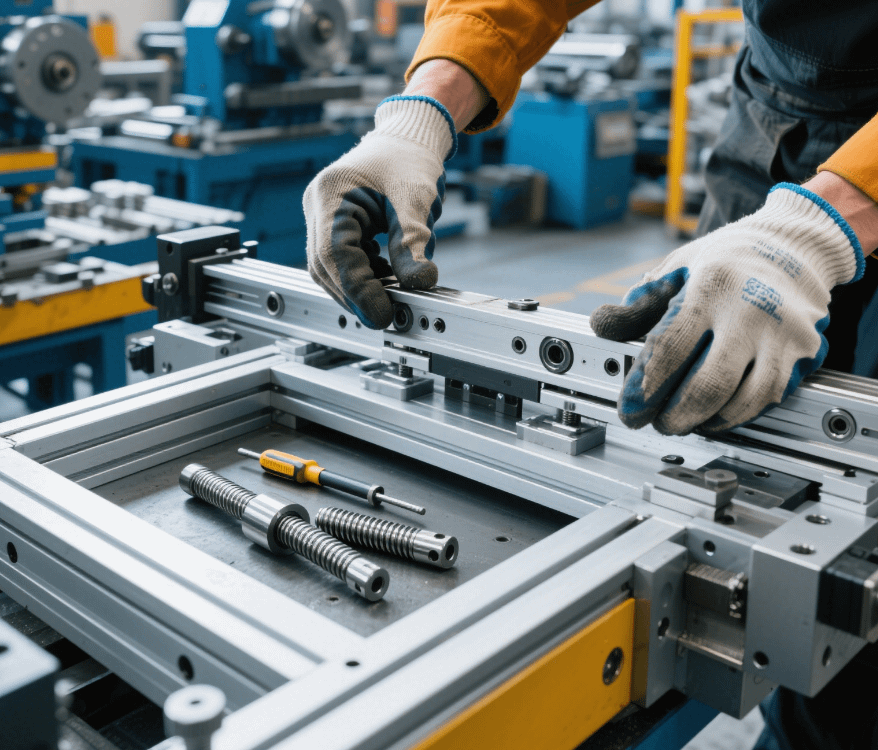Guide to the Design of CNC Machining Parts: From Concept to Practice
In the field of cnc machining parts, especially in Swiss-type lathe (Swiss machining) factories, the rationality of part design directly affects machining efficiency, cost, and product quality. This article will provide you with a detailed introduction on how to design parts suitable for CNC machining.
I. Preparatory Work before Design
Before starting the part design, it is necessary to fully understand the machining equipment, such as the machining capacity, accuracy range, tool types, and motion modes of the Swiss-type lathe. At the same time, clarify the functional requirements, usage environment, and performance indicators of the parts, and select appropriate machining processes and materials in combination with the material properties to lay the foundation for subsequent design.
II. Key Design Points
(I) Simplify the Structure and Improve Machinability
When designing, try to simplify the part structure and reduce unnecessary complex features. For example, avoid structures that are difficult to machine, such as deep cavities, narrow slots, and small internal corners. Adopt standardized and modular design, and use standard parts and general-purpose parts, which can not only reduce costs but also improve machining efficiency and interchangeability.
(II) Reasonably Determine Tolerance and Surface Roughness
According to the usage requirements of the parts, reasonably determine the tolerance and surface roughness. Excessively high precision requirements will increase the machining difficulty and cost, while too low precision may affect the function of the parts. On the premise of meeting the usage requirements, appropriately relaxing the tolerance and surface roughness requirements can effectively improve the machining efficiency.
(III) Consider the Tool Path and Fixturing Method
When designing parts, fully consider the movement path of the tools to avoid interference and collision. At the same time, design a reasonable fixturing and positioning structure to ensure the stability and reliability of the parts during the machining process. For example, set up auxiliary structures such as process bosses and positioning holes to facilitate the fixturing and positioning of the parts.
III. Optimization Design and Verification
After completing the preliminary design, use computer-aided design (CAD) and computer-aided manufacturing (CAM) software for simulation analysis to check the rationality and feasibility of the design. By simulating the machining process, potential problems can be discovered in advance and optimized. In addition, make samples for actual machining verification, and adjust and improve the design according to the verification results.
Reasonable design of CNC machining parts is the key to ensuring the smooth progress of machining. Through sufficient preparatory work in advance, following key design points, and strict optimization and verification, it is possible to design parts that are efficient, economical, and meet the requirements, creating greater value for Swiss-type lathe machining factories.

